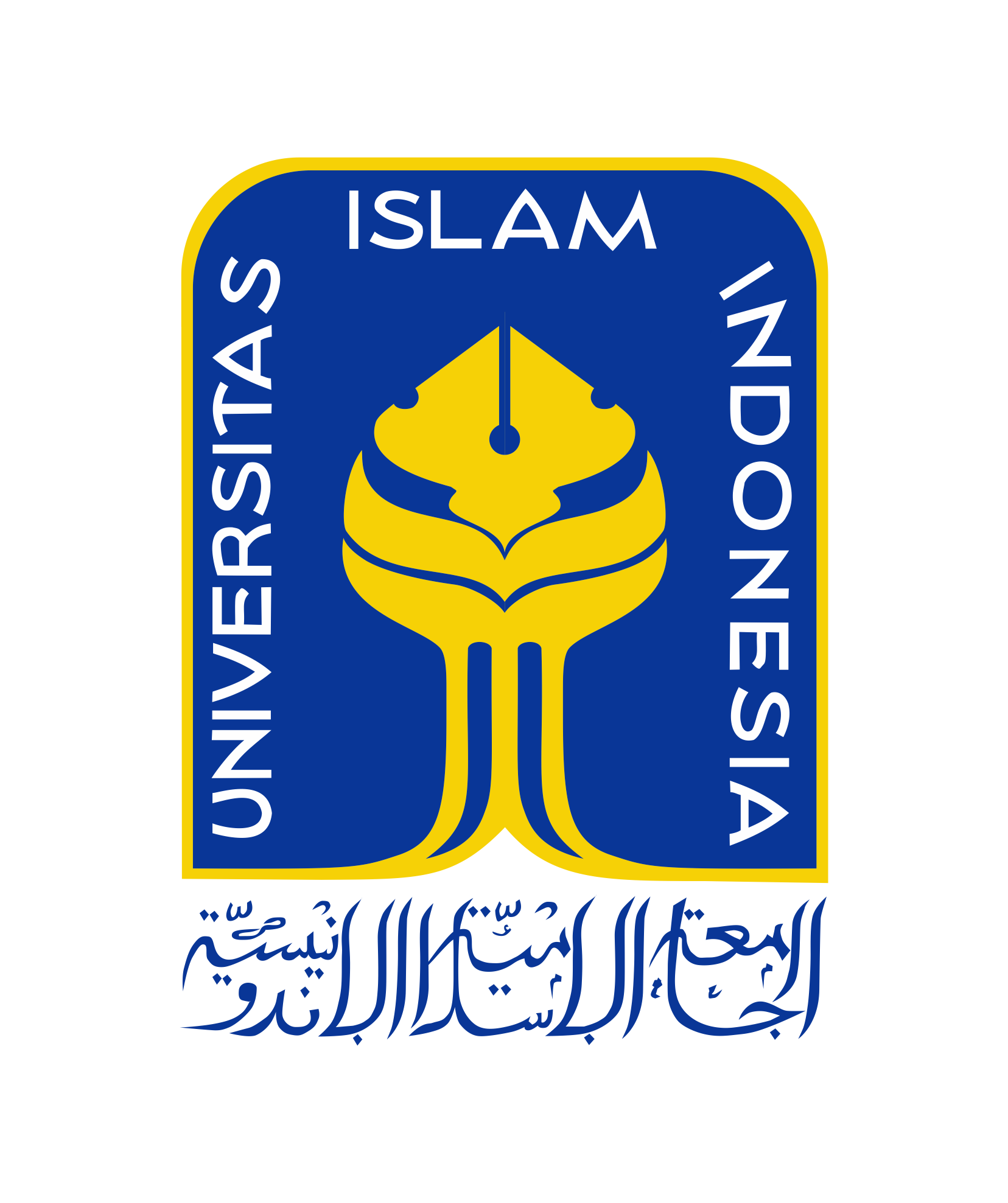Human Resources Capacity Building Innovation in The Pamsimas Program
Keywords:
innovation, strategy, human resources, capacity buildingAbstract
Pamsimas is a national program aimed at supporting the improvement of proper water supply and sanitation service coverage. Policies during the Covid-19 pandemic have led to the program being unable to be executed normally and failing to achieve the predetermined targets. Innovation in enhancing human resources capacity has become an integral component within the program's entire cycle to support the success of Pamsimas program implementation. This research approach utilizes qualitative methods, where the study is descriptive and employs an inductive analysis approach. Focus of this research is the middle and upper-level human resources management of the Pamsimas program in the Central Java region. The research has demonstrated that the innovation in enhancing the capacity of Pamsimas Program's human resources has managed to enhance performance achievements amidst the pandemic threat. The specially formulated human resources capacity building innovation during the pandemic also proves that new strategies in capacity-building activities have become the primary method to enhance organizational performance. Through the development of new strategies and policies in activity governance, this has contributed to enhancing the capabilities, skills, knowledge, and attitudes of the existing human resources within the organization, enabling them to efficiently perform their tasks to achieve organizational objectives. The implications of this research support the theory that a crucial purpose of capacity-building innovation is to continuously develop the organization and its employees in such a way that the intended strategies can be realized.
References
Brix, J. (2018). Innovation capacity building: An approach to maintaining balance between exploration and exploitation in organizational learning. The Learning Organization, 26(1), 12-26
Dobrowolski, Z. (2020). After COVID-19: Reorientation of crisis management in crisis. Entrepreneurship and Sustainability Issues, 8(2)
Jensen, JB, & Krogstrup, HK 2017. Capacity Building in the Public Sector, Research Group for Capacity Building and Evaluation
Krogstrup, H. K., & Brix, J. (2019). Co-produktion i den offentlige sektor: Brugerinvolvering i kvalitetsudvikling. Hans Reitzels Forlag
Maier, A., Brad, S., Nicoară, D., & Maier, D. (2014). Innovation by developing human resources, ensuring the competitiveness and success of the organization. Procedia-Social and Behavioral Sciences, 109, 645-648
Lim, D. H., & Morris, M. L. (2006). Influence of trainee characteristics, instructional satisfaction, and organizational climate on perceived learning and training transfer. Human resource development quarterly, 17(1), 85-115
Mozael, B. M. (2015). Impact of training and development programs on employee performance. International Journal of Scientific and Research Publications, 5(11), 37-42
Searle, R. H., & Ball, K. S. (2003). Supporting innovation through HR policy: Evidence from the UK. Creativity and Innovation Management, 12(1), 50-62
Wahl, M. F., & Prause, G. (2013). Toward understanding resources, competencies, and capabilities: business model generation approach. Entrepreneurship and Sustainability Issues, 1(2), 67






